The modern Olympic Games have been around for more than 120 years and, in that time, many sporting records have been set, broken and celebrated. But what about the places that have hosted these events?
More than 800 Olympic venues have been built for the Olympic and Paralympic Summer Games over the years - and some have been hailed as architectural marvels along the way. From historic sites to experimental designs, 91»»±¨ Bitesize takes a look at five striking buildings from Olympic history.

The Panathenaic Stadium in Athens, Greece
The Panathenaic Stadium became the first modern Olympic venue in the world, when it hosted the summer Games in 1896. The only stadium in the world to be completely made of marble, it can seat as many as 80,000 spectators.
It was built of the site of Athens’ ancient stadium, which was thought to be constructed around 330 BC. In around 566 BC the An Athenian festival which is thought to have rivalled the Olympics. The Games included religious ceremonies, athletic competitions and cultural events. took place on the site.
The 1896 event featured 241 athletes from 14 nations competing across nine disciplines - including cycling, swimming and wresting. It was also used for some events at the 2004 Games.
Notably, it saw the youngest ever Olympic winner when a Greek gymnast called Dimitrios Loundras took home a bronze medal as part of a troupe in the parallel bars event. He was 10 years and 218 days old at the time.
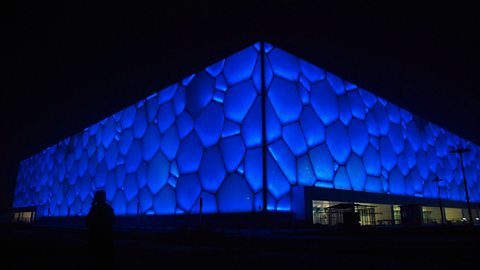
The Water Cube in Beijing, China
Found in Beijing’s Olympic Green and just a stone’s throw away from the main Olympic stadium, the Bird’s Nest is the National Aquatics Centre, also known as the Water Cube. The venue was used for swimming and diving competitions during the 2008 Summer Games.
Construction for the landmark project took more than four years, with the steel frame of the building used to replicate the look of bubbles, symbolising water.
The Games saw 25 world speed records broken in the Water Cube alone. One of these records was set by Team GB’s Rebecca Adlington who won the 800-metres freestyle event in eight minutes and 14.10 seconds.
It also also saw American swimmer Michael Phelps break seven world records - taking home eight gold medals along the way.
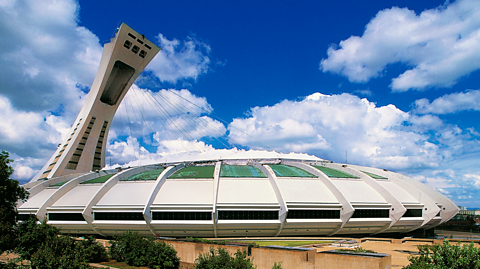
The Olympic Stadium in Montréal, Canada
Located in Canada’s second most populous city, the Olympic Stadium in Montréal was built to serve as the flagship venue of the 1976 Summer Games.
The futuristic building was designed by the French architect Roger Taillibert and has welcomed around 66 million visitors over the years.
The Montreal Tower, also known as the Olympic Tower, is attached to the stadium and is the world’s tallest inclined structure, measuring 165m (541 ft) at a 45-degree angle.
Harsh weather conditions and worker strikes meant that the stadium was barely open in time for the 17 July opening ceremony.
But once the Games were underway, they made history for a number of sporting accomplishments. One of these the first-ever perfect score of 10.0 in gymnastics given to Nadia Comaneci. The 14-year-old from Romania was rewarded for her performance on the uneven bars.
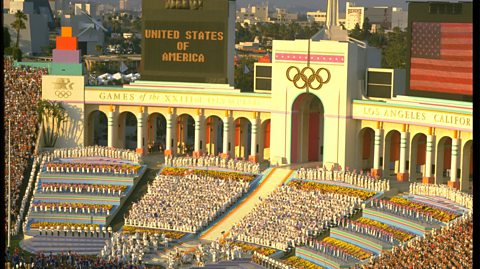
The Coliseum Stadium in Los Angeles, US
The Coliseum Stadium has been open for over a century and is the largest venue of its kind in Los Angeles. Originally constructed between 1921 and 1923 as a tribute to local World War One veterans, the venue drew a record crowd of 100,000 people in the 1932 Olympic Opening Ceremony.
The Summer Games were held there again in 1984. The event began in soaring style in a extraordinary moment where a test pilot called Bill Suitor flew into the stadium using a jetpack.
It is due to make history and become the first stadium in the world to host the Summer Olympics three times, when the Games return to LA in 2028.
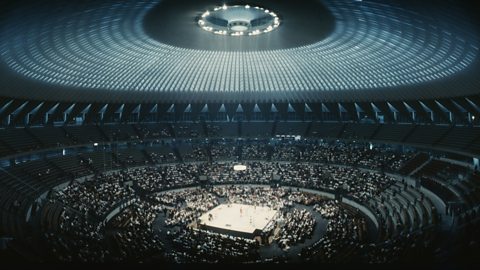
Palazzetto dello Sport in Rome, Italy
Translating to ‘Small Sport Palace’, the Palazzetto dello Sport was one of 34 Olympic venues in the 1960 Games held in Rome. Measuring 91 m (300 ft) in diameter, it was designed for tennis, basketball and boxing matches.
The competition marked what is considered the first ever Paralympic games, attracting over 400 athletes from 23 countries. The Palazzetto dello Sport held the closing ceremony, which began with a parade of each of the participating country’s flags carried by members of the Italian navy.
Engineer and architect Pier Luigi Nervi was responsible for bringing the building to life - and even received a gold medal of his own from the American Institute of Architect in recognition of his work shortly after.
The 1960 Games also saw a young Muhammad Ali, then known as Cassius Clay, win the gold medal in the light heavyweight division after defeating Poland’s Zbigniew Pietrzykowski.
This article was published in July 2024
Three incredible ancient frescoes that aren’t in Pompeii
From Egypt to Italy to India, join 91»»±¨ Bitesize as we explore three stunning ancient frescoes that aren't in Pompeii.
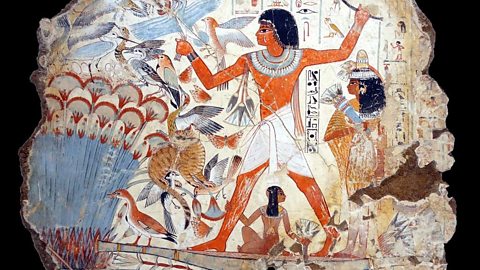
Can you guess the landmark from the aerial photo?
Take a look at these aerial photos and see if you can figure which famous landmarks they are, from right across the world.
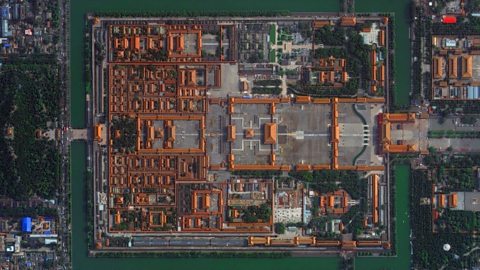
Celebrities you may not have known became wrestlers
91»»±¨ Bitesize looks at the crossover stars who moved from music, acting, business and sport to professional wrestling
